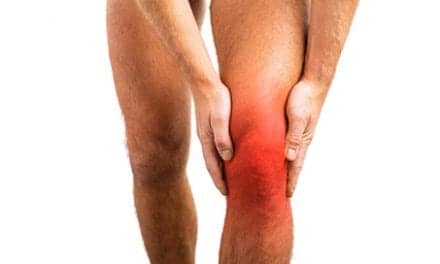Pelvic health is for men, too, Athletico Physical Therapy shares. As part of Men’s Health Awareness Month, the practice encourages men to prioritize their pelvic health, which plays an important role in overall health and well-being, and to take early action to address concerns.
One of the most common conditions treated by pelvic health physical therapists is pelvic floor dysfunction, caused by impaired use of the pelvic floor and surrounding muscles, ligaments, and joints that support your pelvic organs. These muscles coordinate urinary, sexual, and reproductive functions, and provide core stability for posture, breathing, and exercise. Pelvic health PT is an effective treatment but is often underutilized by men experiencing prolonged bladder and bowel issues, pain or discomfort.
“While societal and cultural factors may impact men’s likelihood to report their symptoms, seeking help from specialized health professionals can positively impact their comfort and health,” says Jordan Miller, PT, DPT, PRPC and Pelvic Health Specialist at Athletico. “As trained specialists, physical therapists recognize the additional challenges associated with pelvic dysfunction and can work with you to create an individualized treatment plan. The bottom line is that pain and leakage are never normal, and being proactive to address your pelvic health concerns can mean avoiding other time-consuming and costly services, and even surgery.”
Hear the PTP Podcast Episode Pelvic Physical Therapy: Untapped Potential
Pelvic floor dysfunction can take many forms, and PTs can help clients identify and treat the source of their symptoms, aid in pre- and post-operative recovery, and work in collaboration with other medical providers to advocate for optimal diagnosis and recovery. Here’s what you can expect when it comes to treating three common pelvic health issues:
- Pelvic Pain: Pelvic pain may be experienced in the groin, genitals, rectum, and/or in the front of the pelvis near the bladder. It may even occur with urination or bowel movements. Treatment is always individualized, but often includes stretching and mobility exercises, education on dietary, lifestyle, and behavioral changes, pelvic floor relaxation techniques, and internal or external manual therapy techniques to improve pain and function.
- Urinary Dysfunction: Urinary dysfunction can take the form of incontinence, like leakage with lifting weights or coughing, a strong urge, hesitancy or pain with urinating, inability to completely empty the bladder, a change in the speed or quality of your urinary stream, or increased frequency during the day or night. Urinary symptoms usually result from muscles that are too tight or too weak, and from poor coordination of the pelvic floor muscles in relation to your trunk and extremities. PT provides individualized treatment by improving a patient’s awareness of the pelvic floor muscles, optimizing body mechanics and breathing patterns, and modifying any behavioral and dietary habits that may be contributing to urinary dysfunction.
- Pre- and Post-Prostatectomy Care: Prostate cancer is reportedly the most common cancer in men, and many patients will have some degree of stress incontinence after surgery. PT can be highly effective in treating post-proctectomy pelvic floor issues and even set patients up for success before surgery, leading to a faster recovery. A PT will conduct a pre-surgical assessment to help the patient prepare, understand potential side effects, and create a personalized recovery plan. After surgery, patients can expect to focus on increasing strength, stability, endurance and synergy of the pelvic floor, abdominals and hips, as well as a home exercise program to support recovery.
“The biggest issue is awareness,” adds David French, PT, DPT, MTC and pelvic health specialist at Athletico. “We continue to see patients who have had pelvic health issues for years and did not find pelvic health PT until after they tried many other avenues. Fortunately, direct access laws make it possible to start with physical therapy first in most states. This means that men can see a pelvic health physical therapist who will evaluate if PT is right to address urinary or pelvic pain issues, and determine the best course of treatment.”
[Source(s): Athletico Physical Therapy, PR Newswire]





